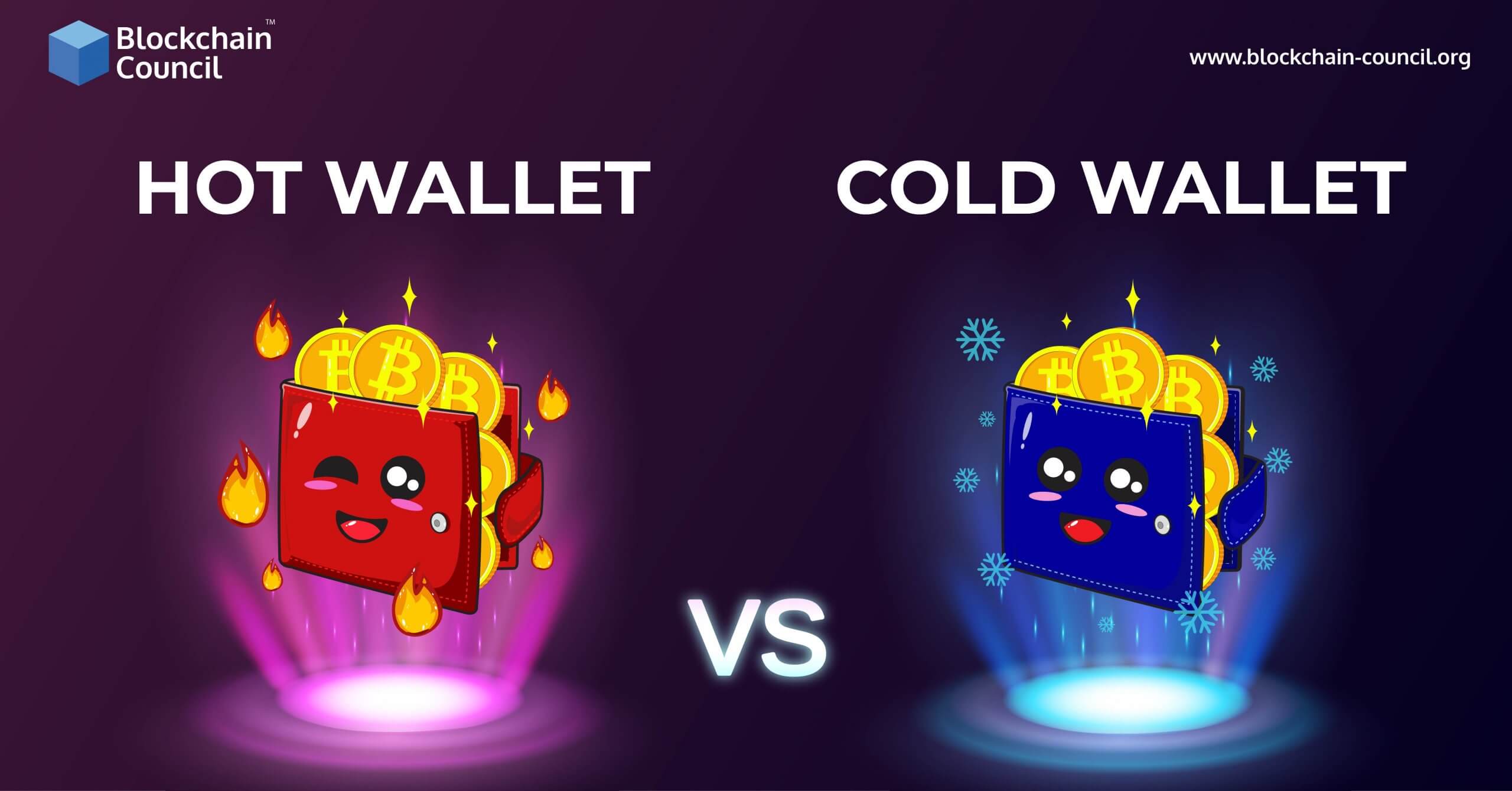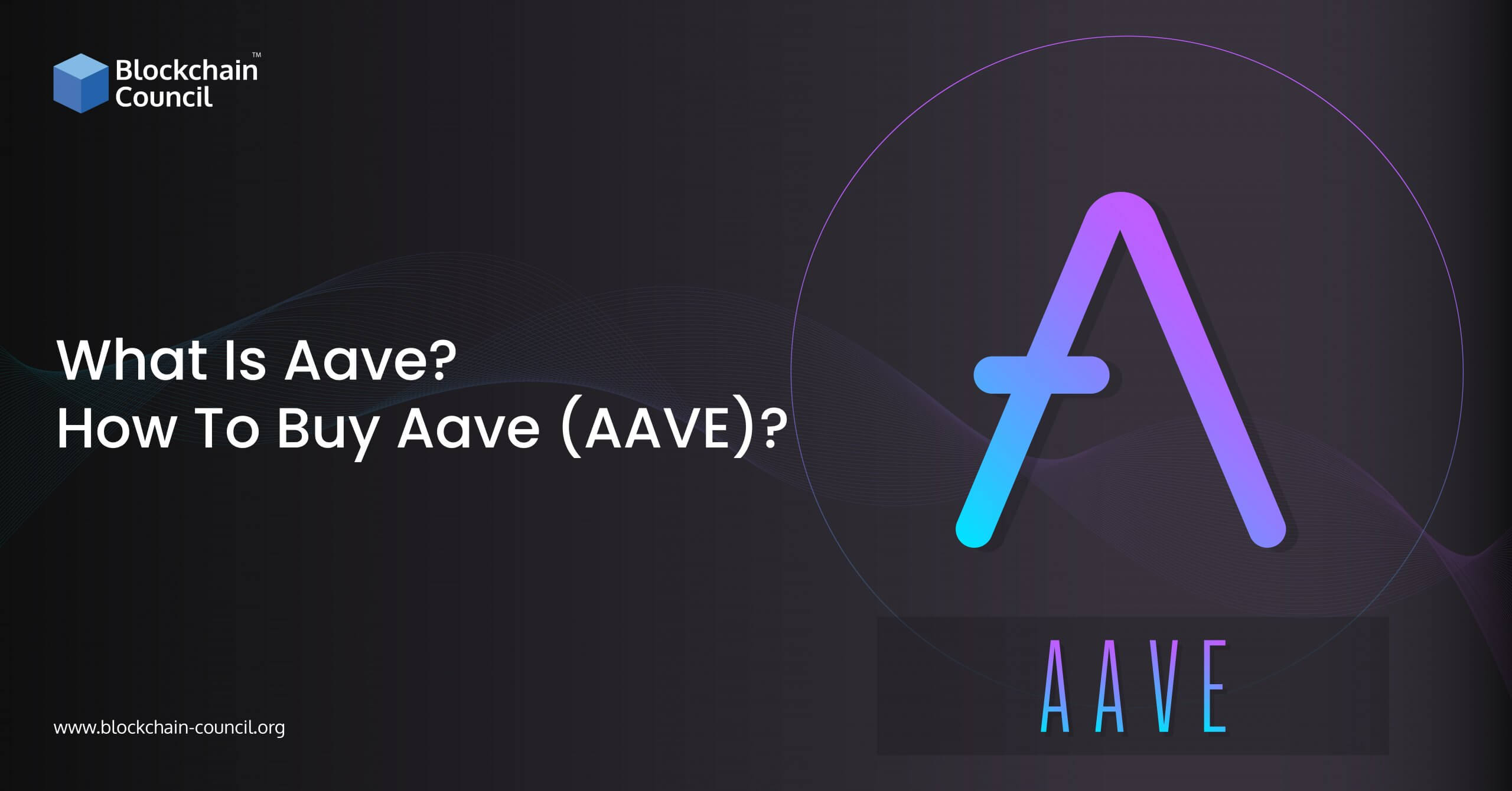
- Toshendra Kumar Sharma
- November 03, 2023
We all do transactions almost on an everyday basis. Pick up your wallet, count the money and buy your thing. It’s that simple… isn’t it??
But things are different when you need to pay in cryptos. We all know that they don’t have a physical existence…so how can one hold them all together? This is exactly where the role of crypto wallets comes into the scene.
In this blog, we will take you through a detailed comparison of the two categories of crypto wallets – hot wallet vs cold wallet.
What is a crypto wallet?
Unlike traditional currencies like notes and coins, Bitcoin can’t be put in physical wallets due to their digital entity. Yet you can hold their keys and keep the same with you.
Wondering how this happens??
Well, this is exactly what a crypto wallet enables you to do. A crypto wallet is a digital program that lets you store your cryptocurrencies so that you can perform any transaction using blockchain technology. These wallets consist of two fundamental key pairs, generally known as private keys and public keys.
While crypto wallets usually have many public keys, it becomes pretty imperative on the user’s end to give out any number of public addresses and use them to receive cryptocurrencies in these wallets. The platform can be used as a safe deposit box with a private key.
Two categories of crypto wallets – Hot wallets and cold wallets
We have hot wallets and cold wallets in the two significant categories of crypto wallets. Although both types of wallets enable you to store, receive and send cryptocurrencies on the blockchain ledger, they essentially serve as a digital bank account for all your cryptocurrencies.
- Hot wallets can be fundamentally either non-custodial or custodial, which means that some of these are hosted by exchanges or third-party authorizations while the others are not.
- On the contrary, cold wallets are always non-custodial, implying that only the owner can hold the private keys to access the funds.
Now that we have a basic idea of what hot wallets and cold wallets mean, let us take you through a detailed analysis of their characteristics and the differences they hold as separate entities – hot wallet vs cold wallet.
Hot wallets Guide – a detailed overview
As its name suggests, hot wallets are nothing but virtual currency wallets that can be accessed online. A user can use these wallets to perform cryptocurrency trading or any transactions. It can also be seen as an online vault that functions on different blockchains and allows users to send and receive different cryptocurrencies to facilitate transactions.
Let us now see how these exactly work to understand their functional meaning better.
- These wallets are connected to a web server to initiate any financial transaction involving cryptocurrencies. However, it does not mean that these wallets store these virtual currencies in their database. Instead, these financial transactions are signed and authorized on the digital mode itself.
- Once the transactions are authorized, and digital currency mining is confirmed, the crypto network performs a safety scan to check for the neutrality of the entire cryptocurrency ecosystem.
- Next, the user is expected to select where and how they would like to store the tokens, facilitating the exchange to get signed digitally. Once this entire process is completed, the transaction is then passed on to the rest of the cryptocurrency network.
Hot Wallet examples – Metamask, Coinbase, Exodus, Binance, Edge, Trust etc.
Finally, the entire records of these transactions performed on the blockchain are permanently stored in the shared public ledger. The collection of these records and cryptographic keys, which are quite similar to passwords, is used to sign the authorization and verify the signatures. To learn more about cryptocurrencies and blockchain, you can also take up any blockchain course.
Cold wallets Guide – a detailed overview
Unlike hot wallets, cold wallets function on a platform that is not connected to the internet. It serves as offline storage for bitcoins, thereby protecting them from any kind of unauthorized access or any other safety vulnerabilities.
Okay, but how do these cold wallets actually work?
- As we know, generally a bitcoin wallet belongs to the public and private keys of the person who holds the coin. The private keys belonging to a bitcoin user are used as a differentiated string of mixed alphanumeric characters used to access the holdings in case there is a requirement to perform any transaction.
- The public keys are somewhat similar to the account name which is used to identify a platform for coins that are being transferred to the wallet. For instance, if two people are involved in a transaction where one is a buyer and the other one is a seller, they will have to share their public keys to complete the transaction. If you wish to learn more, you can also go for any blockchain course to gain an in-depth understanding of how these work.
- The buyer or the receiver will then transfer the Bitcoins to the seller’s address. Once this transaction is done, its validity is verified by the blockchain and thus a confirmation is sent to both the buyer and the sender that the funds have been transferred. However, it is important to note that the private keys should be kept secure as the receiver will not be able to access the funds without them.
- Moreover, if stolen, anyone can access Bitcoins or altcoins and even access the address without any authorization. Thus, it becomes quite necessary to take special care of the safety and security of these private keys.
Cold Wallet examples – KeepKey, Ledger Nano X, Trezor Model T, Ellipal Titan, Safepal S1, CoolWallet Pro, SecuX V20, Keystone Pro etc.
Comparison – hot wallet vs cold wallets
Coming back to our hot wallet vs cold wallet debate, let us now shed some light on the differences between the two.
Connectivity: Winner Hot Wallet
- To start with the basic difference between the two, it is a fact that cold wallets are not connected to the internet.
- On this note, hot wallets come with the added advantage of easier accessibility as they enable the user to connect with the trading platform anywhere anytime. As a result of this, hot wallets ensure a much better level of ease in transactions.
Working mechanism: Winner Cold Wallet
- As far as the functioning of the hot wallet is concerned, all the actions take place online while connected to the internet and Crypto coins are transferred directly to the wallets during the transaction process. This ensures better privacy and flexibility on the user’s end. In addition to this, as you might learn in a standard cryptocurrency course, hot wallets also come with advanced security features as compared to a cold wallet which gives it a higher preference from the perspective of a user.
- On the other hand, in the case of a cold wallet, the transactions start online but then simultaneously shift to the offline ecosystem to complete the private key signing process. Once this process is done, the complete data is sent back to the online network for authorization.
Offline computers and paper wallets are also a type of cold wallet although modern traders usually prefer to go with specific tools that are designed to store the currencies. They are considered a more secure option since there are only a few ways to access them.
Level of confidentiality and vulnerability: Winner Cold Wallet
- Since hot wallets are designed to function while connected to the internet, it is obvious that they are inherent to vulnerable online attacks through hacking and malware. The complexity can further multiply as they also integrate with computers, which can exploit potential vulnerabilities.
- On the other hand, you will not have to worry about these attacks if you own a cold wallet since they are not connected to the internet and perform only a few basic functions. Hence, there is no possibility of your keys being exposed out of the device – making these wallets a relatively safer option to go for.
Final takeaway
In a nutshell, both hot wallets and cold wallets come with their own set of pros and cons. One gives you a certain set of features while the other lets you access the others.
But when it comes to deciding which one you should go for as a user, it entirely depends upon your own preferences and needs. While hot wallets can be more convenient, there is always a level of risk involved in terms of security, which you might get to hear from any blockchain professional. Due to this convenience, people usually go with hot wallets because convenience is their preference. However, if you prioritize safety and security over ease of performance, you might like to consider keeping a cold wallet.
Apart from this, you can also prefer to carry a combination of both hot wallets and cold wallets, in case you are looking for a balanced approach. In this way, you can ensure the accessibility of a hot wallet and the security features of a cold wallet.
Hence, our word of advice to you would be to choose a combination that works best for you. Either a hot or a cold wallet, or a combination of both. At the end of the day, what matters is your own preferences and needs as an investor!





































































 Guides
Guides News
News Blockchain
Blockchain Cryptocurrency
& Digital Assets
Cryptocurrency
& Digital Assets Web3
Web3 Metaverse & NFTs
Metaverse & NFTs
